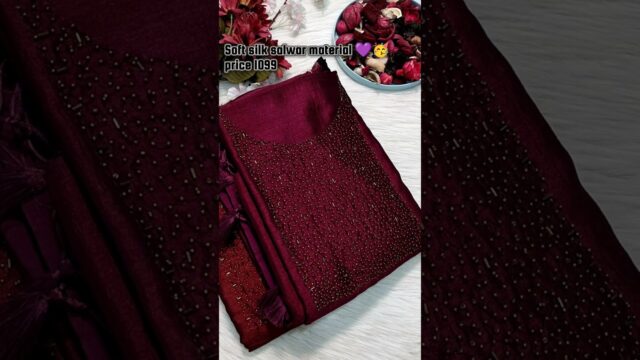Rococo & Neoclassical Art in France 04: The Genesis of Neoclassicism
166KAs we delve further into the art history of France during the Rococo and Neoclassical periods, we come across a pivotal moment that marks the shift from the lavish and ornate style of Rococo to the more restrained and classical style of Neoclassicism. In this video, we will explore the genesis of Neoclassicism in France, examining the key artists, artworks, and historical context that influenced this significant artistic movement.
Neoclassicism emerged in the mid-18th century as a reaction against the frivolity and excesses of the Rococo style. Inspired by the ideals of ancient Greece and Rome, Neoclassical artists sought to revive the classical tradition and imbue their work with a sense of timelessness and moral virtue. This shift in artistic priorities was reflected in the subjects, styles, and themes of Neoclassical art, which often emphasized order, symmetry, and rationality.
One of the leading figures of the Neoclassical movement in France was Jacques-Louis David. A prominent painter and a close friend of the revolutionary leader Robespierre, David played a crucial role in shaping the visual language of Neoclassicism in France. His works, such as “The Oath of the Horatii” and “The Death of Socrates,” exemplify the Neoclassical ideals of heroism, patriotism, and sacrifice.
Another influential artist of the Neoclassical period was Jean-Auguste-Dominique Ingres. Renowned for his meticulous draftsmanship and precise execution, Ingres was known for his portraits and historical paintings that captured the grace and beauty of the classical world. His famous painting “La Grande Odalisque” exemplifies his mastery of form and composition, as well as his fascination with the female form.
In addition to David and Ingres, other artists played a significant role in the development of Neoclassicism in France. One such artist was Angelica Kauffman, a talented painter who combined Neoclassical principles with a keen sensitivity to emotion and expression. Her portraits and historical paintings, such as “Cornelia, Mother of the Gracchi,” reflect her unique blend of classical ideals and humanistic values.
The genesis of Neoclassicism in France was also influenced by the political and social upheavals of the time. The French Revolution of 1789 brought about a radical shift in the cultural landscape, as artists and intellectuals sought to redefine the role of art in society. Neoclassicism, with its emphasis on moral values, civic duty, and patriotism, resonated with the revolutionary spirit and served as a visual manifesto for the new France.
As we reflect on the genesis of Neoclassicism in France, we are reminded of the enduring legacy of this influential artistic movement. From the grand historical paintings of Jacques-Louis David to the intimate portraits of Jean-Auguste-Dominique Ingres, Neoclassical art continues to captivate and inspire audiences around the world. By embracing the classical ideals of order, beauty, and reason, Neoclassical artists forged a new aesthetic language that transcended the boundaries of time and space, leaving an indelible mark on the history of art.
In conclusion, the genesis of Neoclassicism in France represents a turning point in the history of art, marking the transition from the opulence of Rococo to the restraint of Neoclassicism. Through the works of artists such as Jacques-Louis David, Jean-Auguste-Dominique Ingres, and Angelica Kauffman, we see the emergence of a new artistic vision that sought to elevate and ennoble the human spirit. As we continue to study and appreciate the art of this period, we are reminded of the enduring power of classical ideals and the timeless beauty of Neoclassical art.










